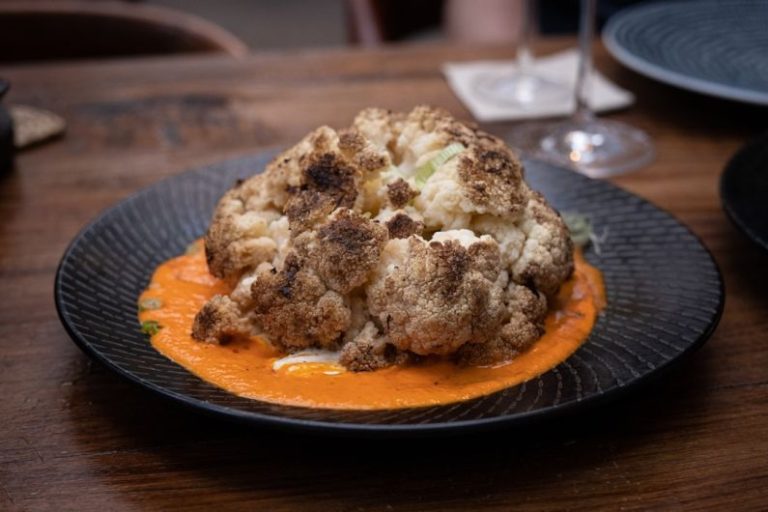
**Exploring the Cultural Significance of Steakhouses**
When it comes to experiencing local traditions and culinary heritage, few establishments embody the essence of a region quite like steakhouses. These dining venues not only serve as a gathering place for meat lovers but also act as a reflection of the unique cultural nuances and culinary traditions of the area in which they are situated. From the choice of cuts to the cooking techniques and seasoning preferences, steakhouses offer a window into the cultural fabric of a community. Let’s delve deeper into how steakhouses reflect local traditions and why they hold a special place in the hearts of many.
**The Influence of Regional Agriculture**
One of the key ways in which steakhouses reflect local traditions is through the utilization of regionally sourced meat. In areas known for cattle farming, such as Texas or Argentina, steakhouses often pride themselves on serving cuts of beef that are sourced locally. This not only ensures the freshness and quality of the meat but also pays homage to the agricultural practices that have shaped the region’s economy and culinary identity.
**Celebrating Cooking Techniques**
Another aspect that sets steakhouses apart is the cooking techniques employed to prepare the meat. For example, in regions with a strong barbecue culture like the southern United States, steakhouses may incorporate smoking or grilling methods that have been passed down through generations. These techniques not only infuse the meat with unique flavors but also serve as a nod to the cooking traditions that have been preserved and cherished by local communities.
**Embracing Seasoning and Flavor Profiles**
Beyond the cooking methods, the seasoning and flavor profiles used in steakhouses also play a crucial role in reflecting local traditions. In regions with a penchant for bold and spicy flavors, steakhouses may offer cuts of meat that are marinated in a blend of local spices and herbs, adding a distinctive twist to the dining experience. On the other hand, areas known for their emphasis on simplicity and minimalism may prefer to let the natural flavors of the meat shine through with minimal seasoning.
**Cultural Ambiance and Hospitality**
Apart from the culinary aspects, the ambiance and hospitality of steakhouses also contribute to the reflection of local traditions. Whether it’s the rustic decor inspired by the region’s history or the warm and welcoming service that embodies the spirit of hospitality, steakhouses often strive to create an immersive dining experience that resonates with the cultural ethos of the community. This attention to detail not only enhances the overall dining experience but also fosters a sense of connection between patrons and the local heritage.
**A Culinary Journey Through Tradition**
In conclusion, steakhouses serve as more than just places to enjoy a good steak; they are cultural institutions that offer a glimpse into the traditions and heritage of a particular region. From the sourcing of meat to the cooking techniques, seasoning preferences, and overall ambiance, every aspect of a steakhouse is a reflection of the local traditions that have shaped it. So, the next time you step into a steakhouse, take a moment to savor not just the flavors of the meat but also the rich tapestry of traditions that make it a culinary destination worth experiencing.





